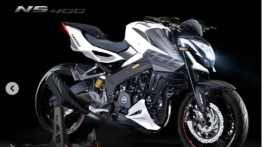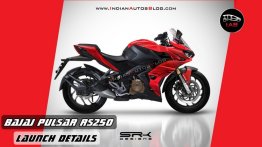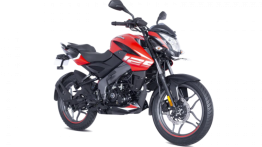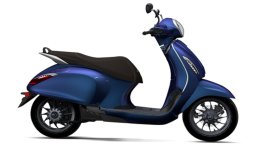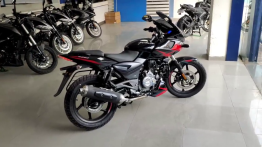Bajaj Auto is planning to update its famous Pulsar 150 motorcycle to BS-VI standards, and as per an Autocar India report, the prices of the updated Pulsar 150 range will be INR 85,920* for the Neon, INR 92,429* for the Standard and INR 96,563* for the Twin Disc variant.
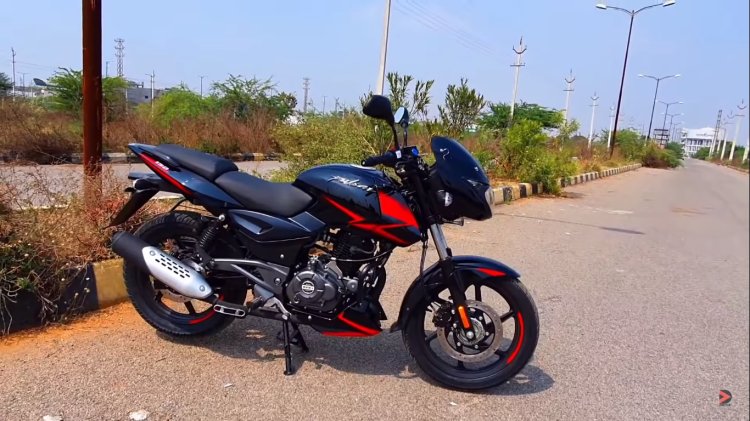
When compared to the old price, the Neon variant of the BS-VI Pulsar 150 will now cost almost INR 10,000 more, while the Standard and Twin Disc variants will become dearer by nearly INR 12,000. Though any official confirmation about the same is still awaited, the Pune-based automaker may reveal the updated pricing anytime now.
The most significant update will be seen in the form of the BS-VI engine, which will be an updated 149.5cc single-cylinder, air-cooled engine. It develops 14 PS of maximum power at 8,000 rpm and 13.4 Nm of torque at 6,000 rpm, in its current BS-IV configuration. The system will use fuel-injection instead of a carburettor, the output figures are also most likely to be the same. How does the update affect the performance of the engine is yet to be seen. The new, updated motorcycle will remain almost the same as the outgoing BS-IV variant, save for the extra catalytic converter, the oxygen sensor and the fuel injection system which has been added purely for the emission update purposes.
If you recall, Bajaj Auto updated the Pulsar 150 range almost a year ago, it was given the ABS safety feature which was the mandatory safety requirement of the time.
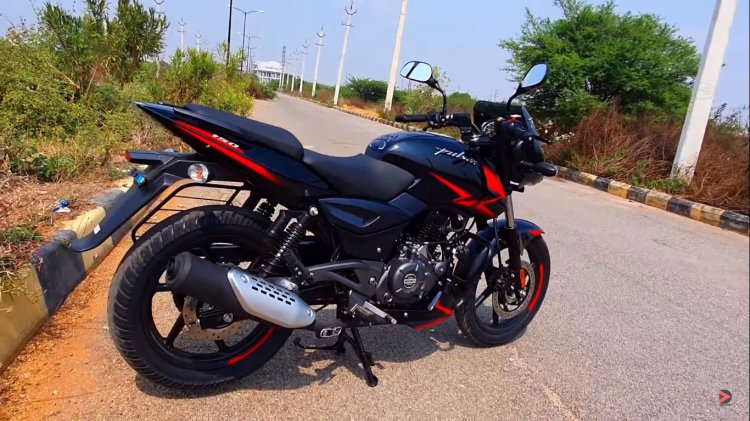
Also Read: BS-VI Bajaj CT and Platina with new features launched in India
The suspension duties on the new BS-VI Bajaj Pulsar 150 will be handled by the conventional telescopic fork at the front and twin gas-charged springs at the rear. For the braking, the bike will use the familiar 260 mm disc at the front and a 230 mm unit at the rear. Also, the presence of a single-channel ABS unit is obvious.
*ex-showroom
[Image Source: YouTube]
[News Source: Autocar India]





